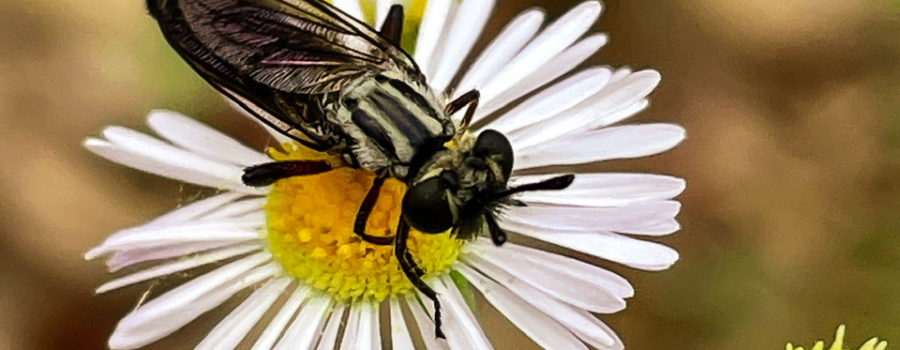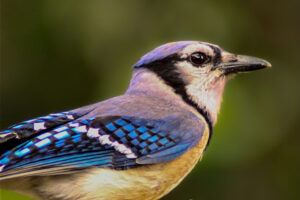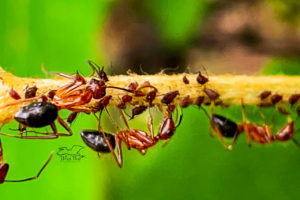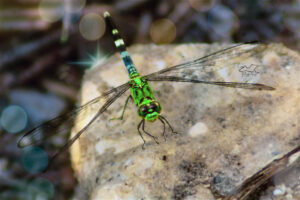Robber Flies are Very Interesting and Good for the Garden

Back in early May we were just beginning to enter our recent drought (it has finally started raining again in the last week, thank goodness!) and the humidity was still pretty high, as it usually is in Florida. We were still seeing quite a few wildflowers blooming and with the wildflowers came insects. One afternoon when I got home I spotted a fly perched on one of the prairie fleabane flowers that grow by my gate. Unlike your usual flies it didn’t mind my walking back and forth checking the mail, opening the gate, and driving right by it. Since it seemed to be very content to just sit there, it struck me as a great opportunity to get some photos. The whole time I was shooting, it just sat there quietly watching the world go by. If it hadn’t occasionally shifted position and fluttered its wings, I might have thought it was dead. I had the macro lens on the camera and was taking a few macro shots, when suddenly, it took off. Before I even realized what was happening, it had grabbed a small green grasshopper and flown with it to a second, low lying plant.

This fly didn’t really look like “typical” flies, either. I knew it was a fly because of the single pair of wings, but it had a very fuzzy face, excessively large compound eyes, and a long, narrow body. It also had very long, hairy legs that I had just witnessed it using to grab and hold onto its prey. What at first glance hadn’t seemed very exciting, had now become quite interesting. Once the fly had it’s grasshopper, it was a lot less willing to be photographed, and rather than harass it too much, I decided to leave it alone (besides, even though I know that animals eat other animals in nature, I don’t generally like filming it).

A little research later in the evening confirmed my suspicions that this curious insect was a robber fly. Robber flies are a highly predatory family of flies, with over 1000 species in the United States and over 100 species in Florida. And not only does the US have plenty of robber flies, but they are present nearly all over the world. Most of them seem to prefer humid, warm habitats, but some have become specialized to desert climates, too. In general, robber flies live in open, grassy areas or areas with scattered plant life. They don’t tend to frequent wooded areas, but they can be found at the woods edges. They like to perch quietly on a low branch or short bush between six inches and one foot off the ground. From this perch they wait for prey to come by, and when it does they quickly grab it, usually in mid flight, bite it, and inject it with both a neurotoxin and enzymes that liquify the body contents. By the time they carry it to a safe place to eat, they have a liquid meal awaiting them.

Robber flies generally don’t bother people unless we swat them or step on them. When they do bite it can be a painful, stinging bite, but is otherwise harmless. Their amazing appetite for insects and their tolerance for people (and even pets as long as they don’t mess with the fly) makes them a friend to the gardener. Although they are not particular about their prey and can sometimes eat beneficial insects (particularly bees), they eat many more garden pests. So like the brown anoles, if you see one in your yard, the best thing to do is let it alone and let it do it’s own thing. It will reward you by keeping the pest populations down.






Recent Comments